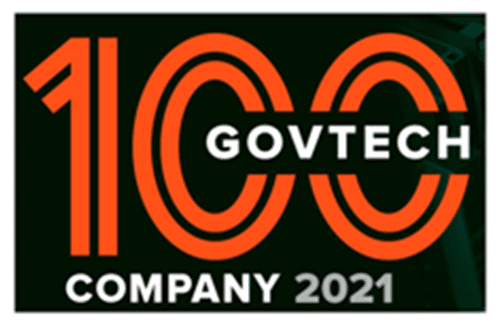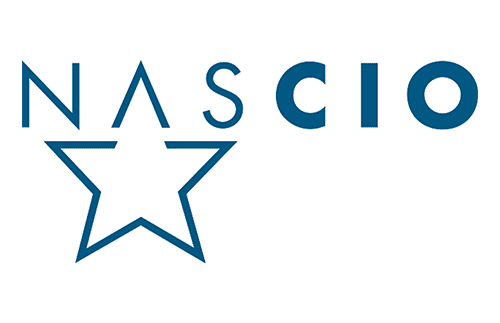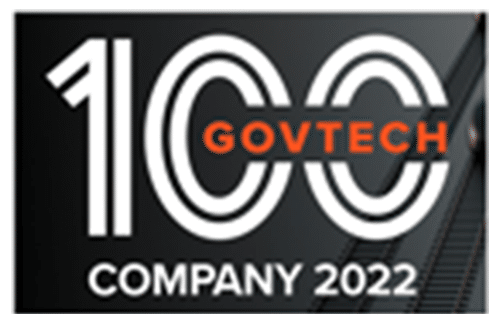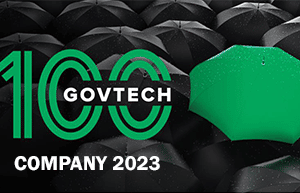Research and advisory firm the Center for Digital Government (CDG) is bullish on government’s digital transformation in the coming years. In a recent Government Technology column, CDG analysts Teri Takai and Phil Bertolini expressed optimism that agencies are increasingly innovating and embracing emerging technologies at their disposal that help digitally transform government and improve citizen experience. How should government IT leaders go about capitalizing on the opportunity made possible through cutting-edge, emerging technologies? Takai and Bertolini offered some very good advice in four broad tips.
1. Take off your traditional technology hat and imagine a scenario where these new technologies can benefit you now
Many software solutions, including SimpliGov’s, can be quickly implemented for targeted use cases—“practical applications that relate directly to your mission and goals,” as Takai and Bertolini put it. Our clients often go live with several business processes quickly to gauge how easy it is to implement SimpliGov workflows and understand the degree and speed at which they can improve citizen engagement and employee efficiency.
For example, an HR department can start by using workflow and forms automation to digitize its employment application process. Once department leaders see how much employee time has been freed up for higher-value tasks through the automation of manual, paper-based processes, and how much easier it is for citizens to file an application, they might be eager to expand into other use cases, such as employee onboarding and reimbursement.
The City of San Jose’s emergency supplies and equipment request and fulfillment process is one of dozens of active use cases at the city, while North Las Vegas has similarly added several new workflows over the course of the last year in record time.
2. Make your existing team the drivers for new technologies
SimpliGov solutions are no-code, intuitive, and easy to configure, which empowers lines of business and IT to automate workflows and business processes according to the way they do business.
Part of the success of the California DMV Virtual Field Office’s (VFO’s) permit application and renewal process and the Arizona Department of Economic Security Division of Developmental Disabilities’ digitized client planning workflow lies in the fact that end users could customize the fields on their respective forms and fit the new workflows seamlessly into the departments’ operations using simple drag-and-drop functionality. Empowered workers who see firsthand how new technology platforms like SimpliGov could make their jobs easier and enable better government service will evangelize your product for you to the rest of the department.
3. Use startups’ agility to your advantage
With increasingly versatile technology and a nimble organizational structure, startups can move at a pace many government entities aren’t used to. SimpliGov’s no-code, cloud-based solutions can be implemented in days and scale up and down in real time based on quickly changing requirements and needs.
New Castle County flipped the switch on a Coronavirus Aid, Relief, and Economic Security (CARES) Act program in a record two days after starting it from scratch. This new process for distributing CARES funds was fully compliant and required little training of employees and citizens to use.
4. Emerging technologies are becoming part of major applications and platforms that are provided by the many partners you trust
Startups like SimpliGov perform the critical work of integrating solutions with other major vendors, so that clients can leverage their legacy applications and databases. Our workflows serve as the connective tissue between these systems, allowing agencies to eliminate silos, integrate services where appropriate, and think about citizen engagement more holistically without the need to rip and replace those legacy systems.
We were able to help Sonoma County integrate financial, health, criminal, and housing data thanks in part to the seamless interoperability between SimpliGov and IBM services. The foundation for the success of the aforementioned DMV case study rests in large part on pre-integration with UiPath Robotic Process Automation (RPA) functionality, while interoperability with Microsoft’s Active Directory helped deliver San Jose’s funding reimbursement workflow.
Many of today’s emerging technologies are designed to be implemented quickly, to be easy for end users to construct and use, to leverage existing IT investments, and to produce immediate ROI. The environment is ripe for governments to implement solutions that will continue to accelerate innovation in government and public-sector organizations’ broader digital transformations.







